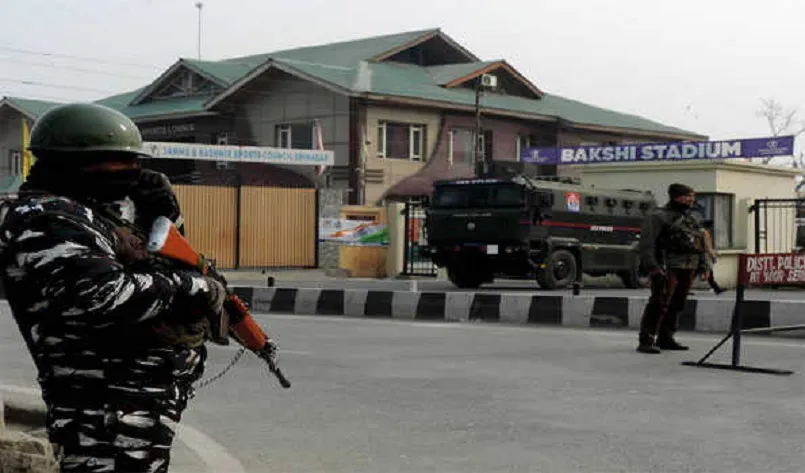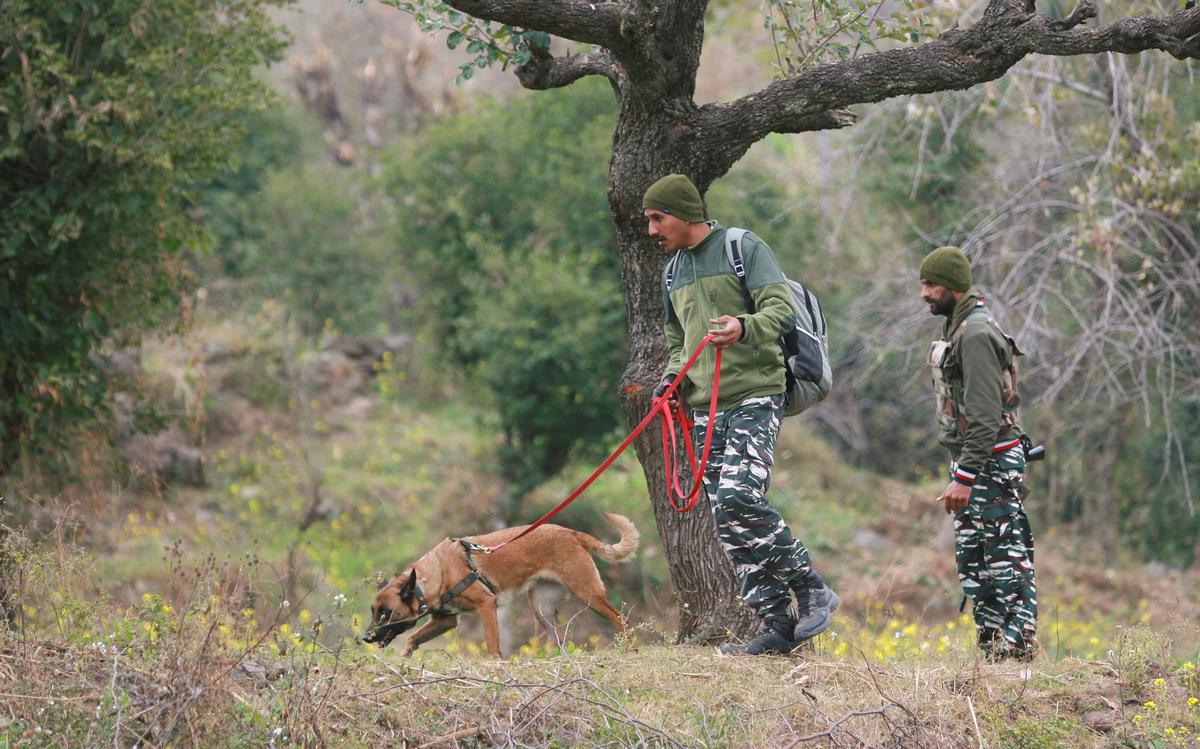New Delhi: Parts of North India could face irreversible decline in freshwater availability by 2060 due to climate change, according to a study.
A team of international researchers noted that the Tibetan Plateau, known as the “water tower” of Asia, supplies freshwater for nearly 2 billion people who live downstream.
The study, published on Monday in the journal Nature Climate Change, projects that climate change, under a scenario of weak climate policy, will cause irreversible declines in freshwater storage in the region.
This could lead to a total collapse of the water supply for central Asia and Afghanistan and a near-total collapse for Northern India and Pakistan by the middle of the century, the researchers said.
“The prognosis is not good,” said Michael Mann, distinguished professor of atmospheric science at Penn State, US.
“In a ‘business as usual’ scenario, where we fail to meaningfully curtail fossil fuel burning in the decades ahead, we can expect a near collapse — that is, nearly 100 percent loss — of water availability to downstream regions of the Tibetan Plateau,” Mann said.
According to the researchers, despite its importance, the impacts of climate change on past and future terrestrial water storage (TWS) in the Tibetan Plateau have largely been underexplored.
“The Tibetan Plateau supplies a substantial portion of the water demand for almost 2 billion people,” said Di Long, associate professor of hydrologic engineering, Tsinghua University, China.
“Terrestrial water storage across this region is crucial in determining water availability, and it is highly sensitive to climate change,” Long said.
Mann added that a solid benchmark for the TWS changes that have already occurred in the Tibetan Plateau has been lacking.
In addition, he said, the absence of reliable future projections of TWS limits any guidance on policy-making, despite the fact that the Tibetan Plateau has long been considered a climate change hotspot.
The researchers used “top-down” — or satellite-based — and “bottom-up” or ground-based measurements of water mass in glaciers, lakes and below-ground sources.
They combined the data with machine learning techniques to provide a benchmark of observed TWS changes over the past two decades (2002-2020) and projections over the next four decades (2021–2060).
The researchers used a novel neural net-based machine learning technique to relate these observed changes in total water storage to key climate variables, including air temperature, precipitation, humidity, cloud cover and incoming sunlight.
The researchers found that climate change in recent decades has led to severe depletion in TWS (15.8 gigatons/year) in certain areas of the Tibetan Plateau and substantial increases in TWS (5.6 gigatons/year) in others, likely due to the competing effects of glacier retreat, degradation of seasonally frozen ground, and lake expansion.
The team’s projections for future TWS under a moderate carbon emissions scenario suggest that the entire Tibetan Plateau could experience a net loss of about 230 gigatons by the mid-21st century (2031?2060) relative to an early 21st century (2002?2030) baseline.
Excess water loss projections for the Amu Darya basin — which supplies water to central Asia and Afghanistan — and the Indus basin, which supplies water to Northern India, and Pakistan, indicate a decline of 119 percent and 79 percent in water-supply capacity, respectively, the researchers added.








